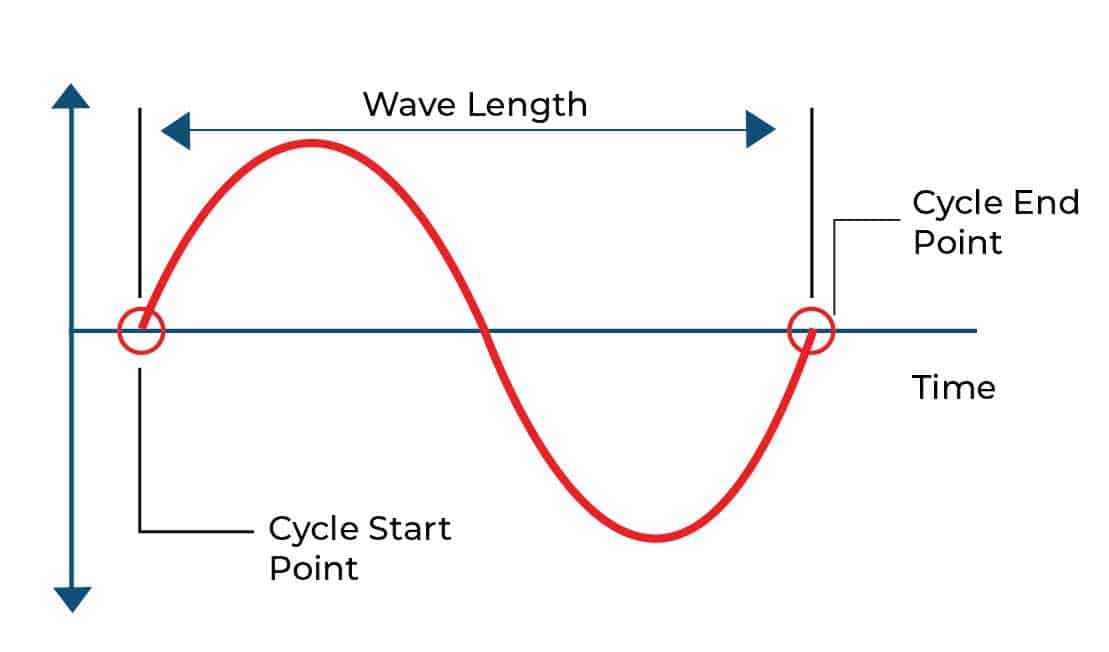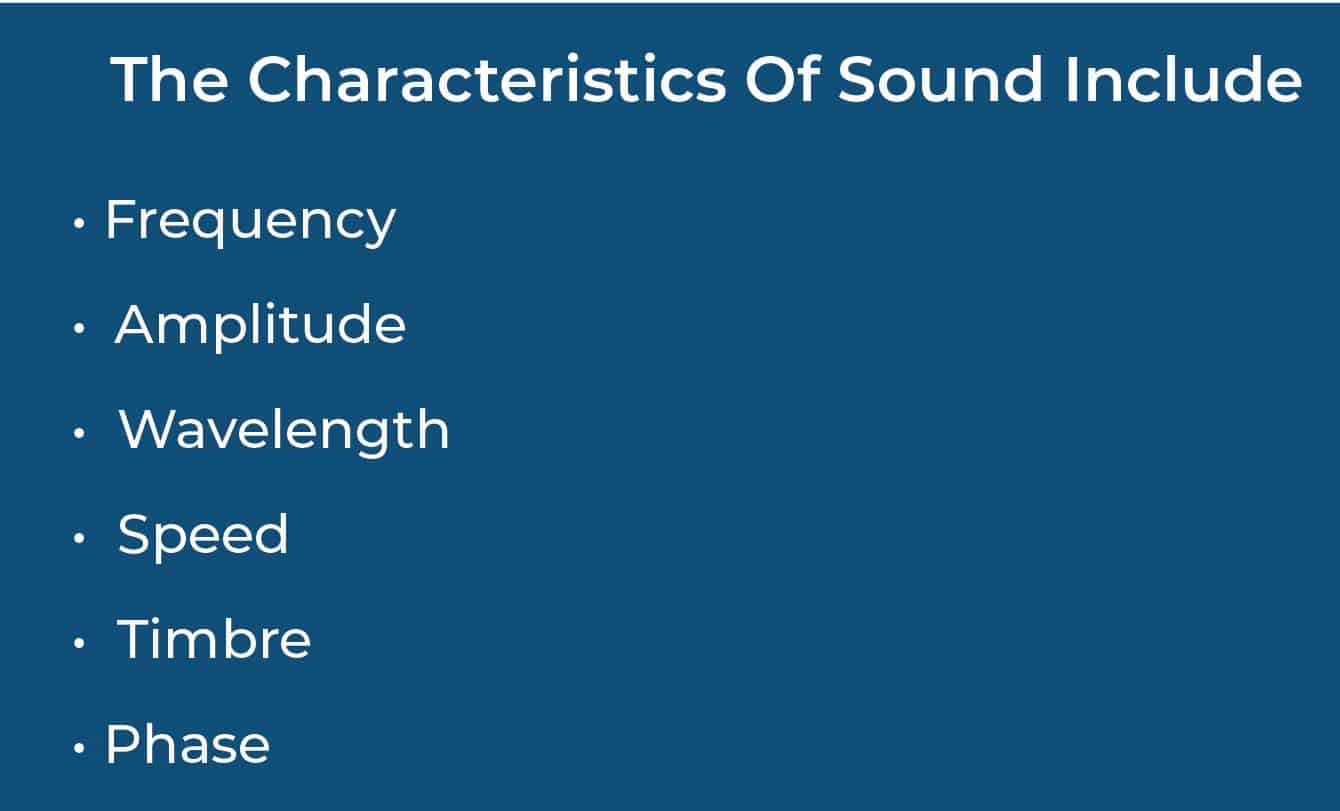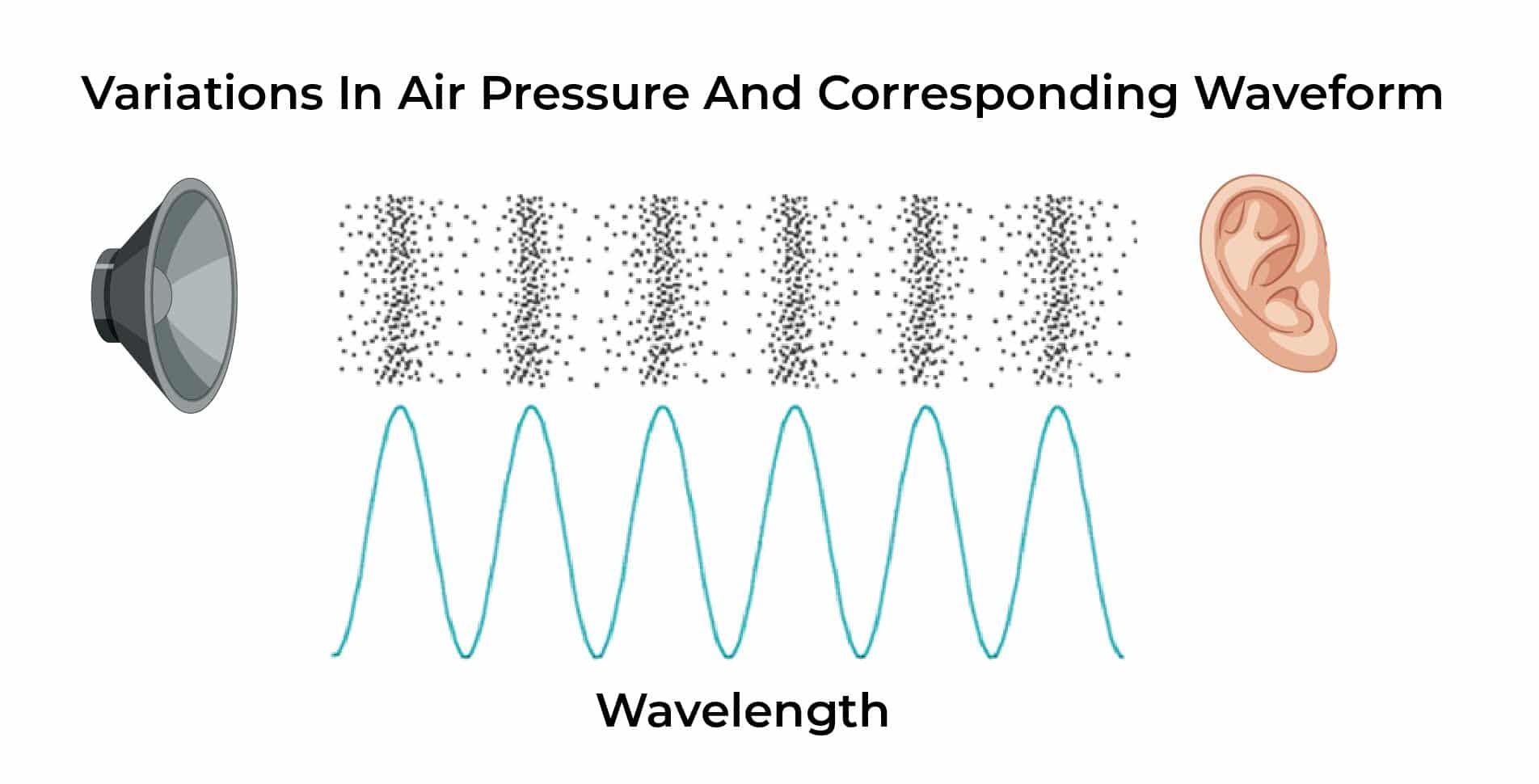Sound & Its Properties
Grade 6 Science Worksheets
Sound is a form of energy that is transmitted through vibrations or oscillations in a medium, such as air, water, or solids. When an object vibrates, it creates pressure waves that propagate through the medium, causing the molecules of the medium to oscillate and produce a sound wave.
Sound & Its Properties - Grade 6 Science Worksheet PDF
This is a free printable / downloadable PDF worksheet with practice problems and answers. You can also work on it online.
|
Untimed | |
Sign up with your email ID to access this free worksheet.
"We really love eTutorWorld!"
"We really love etutorworld!. Anand S and Pooja are excellent math teachers and are quick to respond with requests to tutor on any math topic!" - Kieran Y (via TrustSpot.io)
"My daughter gets distracted easily"
"My daughter gets distracted very easily and Ms. Medini and other teachers were patient with her and redirected her back to the courses.
With the help of Etutorworld, my daughter has been now selected in the Gifted and Talented Program for the school district"
- Nivea Sharma (via TrustSpot.io)
Sound waves are a type of longitudinal wave, which means that the oscillations occur in the same direction as the wave’s propagation. In other words, the particles in the medium vibrate back and forth in the direction that the sound wave is moving. This is different from transverse waves, where the oscillations are perpendicular to the wave’s direction of travel.

Sound waves have characteristics such as frequency, amplitude, and wavelength that determine how the sound is perceived by our ears. The frequency of a sound wave corresponds to its pitch, with higher frequencies producing higher-pitched sounds. The amplitude of a sound wave corresponds to its loudness, with greater amplitudes producing louder sounds. And the wavelength of a sound wave corresponds to the distance between successive peaks or troughs in the wave, and is related to the perceived timbre or quality of the sound.
The characteristics of sound include:

Frequency: The frequency of a sound wave refers to the number of cycles or vibrations of the wave that occur in a second, and is measured in Hertz (Hz). A sound with a high frequency has a high pitch, while a sound with a low frequency has a low pitch.
Amplitude: The amplitude of a sound wave refers to the amount of energy or intensity of the wave, and is measured in decibels (dB). A sound with a high amplitude is perceived as loud, while a sound with a low amplitude is perceived as soft.
Wavelength: The wavelength of a sound wave refers to the distance between two consecutive peaks or troughs of the wave, and is related to the pitch of the sound. Higher-pitched sounds have shorter wavelengths, while lower-pitched sounds have longer wavelengths.
Speed: The speed of sound refers to the rate at which sound waves propagate through a medium. The speed of sound varies depending on the properties of the medium, such as temperature and density, and is typically around 340 meters per second in air at room temperature.
Timbre: The timbre of a sound refers to the quality or tone of the sound, and is determined by the unique combination of frequencies present in the sound. This is what allows us to distinguish between different instruments or voices producing the same pitch.
Phase: The phase of a sound wave refers to the position of the wave at a given point in time, and can affect how sound waves interact with each other when they are combined. Waves that are in phase (i.e. their peaks and troughs align) can reinforce each other and produce a louder sound, while waves that are out of phase can cancel each other out and produce no sound.
How does sound travel?
Sound waves require a medium to travel through, and this medium can be a solid, liquid, or gas, but not a vacuum.
Sound cannot travel in a vacuum because there are no molecules in a vacuum to vibrate and transmit the sound wave.
In a vacuum, there are no particles for the sound wave to propagate through, and therefore no sound can be transmitted.

In order for sound to travel, there are several prerequisites that must be met:
A source of sound: There must be an object or material that is vibrating or oscillating in order to create sound waves.
A medium: Sound waves require a material medium to travel through, such as air, water, or a solid material. The medium must be able to transmit the wave energy from one point to another.
Transmission: The sound wave must be able to propagate through the medium in a way that preserves the characteristics of the wave, such as its frequency, amplitude, and phase.
Reception: There must be a receiver, such as an ear or a microphone, that can detect and interpret the sound wave.
If any of these prerequisites are not met, sound cannot travel or be detected. For example, if there is no medium for the sound wave to travel through, such as in a vacuum, the wave cannot propagate and no sound can be transmitted.
Sound Transmission
The process of sound transmission involves the transfer of energy from a sound source to a medium, and the propagation of that energy as a sound wave through the medium. The sound wave then travels to a receiver, where it is detected and interpreted. The following are the key steps in the process of sound transmission:
Sound source: A sound wave is created when an object vibrates or oscillates. This could be the vocal cords of a person speaking, the strings of a guitar being plucked, or the diaphragm of a speaker producing a sound.
Medium: The sound wave travels through a medium, which can be a solid, liquid, or gas. Sound travels most efficiently through denser media, such as solids or liquids, but it can also travel through gases like air.
Vibration of particles: The sound wave causes the particles in the medium to vibrate or oscillate back and forth, which creates regions of high and low pressure as the wave propagates through the medium.
Propagation: The sound wave propagates through the medium, moving outward from the source in all directions. As it travels, it spreads out and loses intensity, or amplitude.
Reception: The sound wave is detected by a receiver, which could be the eardrum of a listener or a microphone, and is then interpreted by the brain or a recording device.
The best medium for sound travel depends on the specific application and conditions. For example, sound travels most efficiently through solids, so a steel rod would be a good medium for transmitting sound over a long distance.
However, in most everyday situations, air is the most common medium for sound transmission, as it is the medium through which we hear most sounds.
Water is also a good medium for sound travel, and can be used for underwater communication or to enhance the acoustics of concert halls and swimming pools.
“There have been times when we booked them last minute, but the teachers have been extremely well-prepared and the help desk at etutorworld is very prompt.
Our kid is doing much better with a higher score.”
6th Grade Tutoring
eTutorWorld offers Personalized Online Tutoring for Math, Science, English, and Standardised Tests.
Our Tutoring Packs start at just under $22.49 per hour, and come with a moneyback guarantee.
Schedule a FREE Trial Session, and experience quality tutoring for yourself. (No credit card required.)
Factors Affecting Sound Propagation
The propagation of sound waves can be influenced by a variety of factors, some of the most significant of which include:
Medium: The properties of the medium through which the sound wave is traveling can have a significant impact on the propagation of sound. For example, sound waves travel faster through denser materials, such as solids, than through less dense materials, such as gases.
Temperature: The speed of sound waves is also affected by temperature. In general, the speed of sound increases with increasing temperature, due to the increase in the average speed of particles in the medium.
Humidity: The level of humidity in the air can also affect the propagation of sound waves, as water vapor in the air can absorb and scatter sound waves.
Distance: The intensity of sound waves decreases as they propagate through a medium, due to the spreading out of the wave. As a result, sound waves become weaker the further they travel from their source.
Obstructions: Objects in the path of a sound wave can reflect, absorb, or diffract the wave, altering its propagation. For example, walls or other barriers can reflect sound waves, while soft surfaces, such as carpets or curtains, can absorb sound waves.
Frequency: The frequency of a sound wave can also impact its propagation. Higher frequency waves, such as those in the ultrasonic range, tend to be more directional and can be more easily absorbed by materials.
Wind: Wind can affect sound propagation in outdoor environments by altering the direction and intensity of sound waves, as well as causing turbulence and refraction of sound waves.
These are some of the major factors that can impact the propagation of sound waves, and their effects can be complex and interrelated.
Understanding these factors is important for a variety of applications, including designing effective acoustic systems, optimizing sound quality in indoor and outdoor environments, and reducing noise pollution.
Perception of Sound
We perceive sound when sound waves are detected by our ears and processed by our brain. The process of perceiving sound can be broken down into four main steps:
Sound waves are collected by the outer ear, also called the pinna, and funneled into the ear canal.
The sound waves cause the eardrum to vibrate, which in turn causes the tiny bones in the middle ear, called the ossicles, to vibrate.
These vibrations are transmitted to the cochlea, a spiral-shaped organ in the inner ear. The cochlea is filled with fluid and lined with tiny hair cells that convert the vibrations into electrical signals.
The electrical signals are sent along the auditory nerve to the brain, which processes them and interprets them as sound. The brain also uses information about the pitch, volume, and direction of the sound to help identify its source and meaning.
Overall, the process of perceiving sound is a complex and highly coordinated series of events that involves multiple organs and systems in the body. Our ability to perceive sound is essential for communication, navigation, and many other aspects of our daily lives.
Understanding the properties and transmission of sound has numerous practical applications in various fields, including:
Music: Musicians and sound engineers use their knowledge of sound properties to create and manipulate sounds to achieve desired musical effects. They use concepts like frequency, amplitude, and timbre to produce and mix music.
Medicine: Medical professionals use sound waves to diagnose and treat various medical conditions. Ultrasound machines use high-frequency sound waves to produce images of internal organs and diagnose conditions like tumors and pregnancy. Shockwave therapy uses sound waves to treat musculoskeletal conditions like tendonitis and plantar fasciitis.
Communication: Sound is a crucial component of communication, whether it is in person, on the phone, or through broadcasting. Understanding the properties of sound helps engineers design and optimize communication systems such as microphones, speakers, and telecommunication networks.
Architecture: Architects and acoustic engineers use their knowledge of sound transmission to design spaces with optimal acoustics. They use materials and structures to reduce sound reflections, echoes, and external noise to create comfortable listening environments in concert halls, recording studios, and other spaces.
Sonar: Sonar systems use sound waves to locate and navigate underwater objects, including submarines, ships, and marine life. The understanding of sound properties helps in designing sonar systems that can accurately detect and identify targets.
Industrial applications: Sound is also used for industrial purposes like non-destructive testing, leak detection, and quality control. Ultrasonic testing uses high-frequency sound waves to detect flaws or defects in materials such as metals and plastics.
Noise Pollution
Noise pollution is a form of environmental pollution that is characterized by excessive or disruptive levels of sound in the environment. It can be caused by a wide variety of sources, including transportation, industrial activities, construction, and human activities such as music or social gatherings.
Exposure to high levels of noise pollution can have a number of negative impacts on human health and well-being. It can lead to hearing damage, tinnitus, sleep disturbance, and other health problems, and can also contribute to stress, anxiety, and reduced quality of life.
In addition to its effects on human health, noise pollution can also have a negative impact on the environment and wildlife. For example, excessive noise can disrupt animal behavior and communication, leading to ecological imbalances.
Efforts to mitigate noise pollution may include noise barriers, regulations on allowable noise levels, and soundproofing measures. These efforts can help to protect human health and well-being, as well as the natural environment, and are an important component of environmental protection and public health initiatives.
Do You Stack Up Against the Best?
If you have 30 minutes, try our free diagnostics test and assess your skills.
FAQS
What is sound?
Sound is a type of energy that travels through vibrations in a medium such as air, water or solids.
How is sound measured?
Sound is measured in decibels (dB) using a device called a sound level meter.
What is frequency?
Frequency is the number of vibrations or cycles per second in a sound wave. It is measured in Hertz (Hz).
What is wavelength?
Wavelength is the distance between two consecutive points in a sound wave that are in phase. It is measured in meters.
What is amplitude?
Amplitude is the maximum displacement of a particle in a sound wave from its rest position. It is measured in meters.
How does sound travel through different mediums?
Sound travels through different mediums by compressing and rarefying the particles in the medium.
What is the speed of sound?
The speed of sound varies depending on the medium through which it is traveling. In air at sea level, sound travels at a speed of approximately 343 meters per second.
How does sound change with distance?
As sound travels away from its source, it becomes weaker and loses energy. This is known as attenuation.
What is resonance?
Resonance is the phenomenon where an object or a medium vibrates at its natural frequency when exposed to a sound wave of the same frequency.
How can sound be used in communication?
Sound can be used to transmit information in various forms, such as speech, music, and digital data. It is used in telephones, radios, public address systems, and many other communication devices.

Kathleen Currence is one of the founders of eTutorWorld. Previously a middle school principal in Kansas City School District, she has an MA in Education from the University of Dayton, Ohio. She is a prolific writer, and likes to explain Science topics in student-friendly language. LinkedIn Profile
Affordable Tutoring Now Starts at Just $22.49
eTutorWorld offers affordable one-on-one live tutoring over the web for Grades K-12. We are also a leading provider of Test Prep help for Standardized Tests (SCAT, CogAT, MAP, SSAT, SAT, ACT, ISEE, and AP).
What makes eTutorWorld stand apart are: flexibility in lesson scheduling, quality of hand-picked tutors, assignment of tutors based on academic counseling and diagnostic tests of each student, and our 100% money-back guarantee.
Whether you have never tried personalized online tutoring before or are looking for better tutors and flexibility at an affordable price point, schedule a FREE TRIAL Session with us today.
*There is no purchase obligation or credit card requirement
Grade 6 Science Worksheets
- Inquiry process
- Nature of Science
- Scientific Inquiry
- Inquiry, Analysis and Problem Solving
- Ethical Practices
- Science and Society
- Biotic and Abiotic Factors
- Impact of Organisms
- Adaptation
- Spheres of Earth
- Natural Resources
- Environmental Issues
- Conservation of Earth
- Understanding Technology
- Abilities To Do Technological Design
- Structure of Earth
- Solar System
- Rocks and Fossils
- Earth Systems
- Plate Tectonics
- Evolution
- Magnetic Field of Earth
- Geologic Time
- Materials and Processes That Shape a Planet
- Astronomy
- Ecology
- Energy
- Kinetic and Potential Energy
- Energy Transfer
- Matter and its Structure
- States of Matter
- Physical and Chemical Changes
- Force and Motion
- Electricity and Magnetism
- Wave Interactions
- Sound
- Light
- Introduction to Life Science
- The Origin & History of Life On Earth
- Plant and Animal Cells
- Parts of a Cell
- The Cell Cycle
- How Living Organisms Get Energy
- Classification of Organisms
- How Plants Grow & Reproduce
- The Human Respiratory System
- The Human Cardiovascular System
- The Human Digestive System
- The Human Endocrine Systems
- The Human Nervous System
- The Human Muscular System
- The Human Skeletal System
IN THE NEWS

Our mission is to provide high quality online tutoring services, using state of the art Internet technology, to school students worldwide.
Online test prep and practice
SCAT
SSAT
ISEE
PSAT
SAT
ACT
AP Exam
Science Tutoring
Physics Tutoring
Chemistry Tutoring
Biology Tutoring
Math Tutoring
Pre-Algebra Tutoring
Algebra Tutoring
Pre Calculus Tutoring
Calculus Tutoring
Geometry Tutoring
Trigonometry Tutoring
Statistics Tutoring
Quick links
Free Worksheets
Fact sheet
Sales Partner Opportunities
Parents
Passive Fundraising
Virtual Fundraising
Our Expert Tutors
Safe and Secure Tutoring
Interactive Online Tutoring
After School Tutoring
Elementary School Tutoring
Middle School Tutoring
High School Tutoring
Home Work Help
Math Tutors New York City
Press
©2022 eTutorWorld Terms of use Privacy Policy Site by Little Red Bird
©2022 eTutorWorld
Terms of use
Privacy Policy
Site by Little Red Bird










